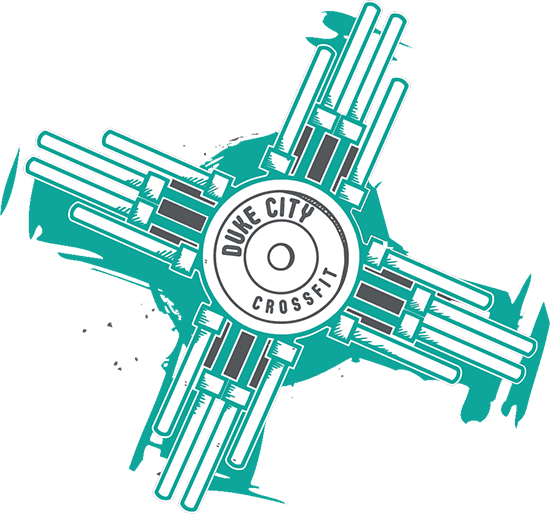Blog by Laura| October 22, 2020
81% of people underestimate how much they are eating. It is frustrating when you feel you are putting in so much effort and seeing very little to no change.
Let’s dive into what a “healthy day of eating” might look like;
Breakfast;
Strawberry yogurt, coffee with 1 tbsp of pumpkin spice creamer (because it’s fall 🙂 ) and a toasted bagel with butter.
Lunch;
Chicken Caesar Salad, with unsweetened ice tea
Dinner;
Classic 6 oz cheeseburger, with side salad (in place of the French fries) with ranch dressing and a diet coke
Snacks throughout the day;
An apple with peanut butter, popcorn with butter, trail mix and a mango mantra smoothie from Jamba Juice
Total calories; 3,513
Total fat; 44g
Total protein; 118g
Total Carbs; 346g
Total sugar; 116g
Sodium; 2,827mg
That looks like a pretty healthy day. But see why you wouldn’t be losing any weight? There are some great swaps, like the salad in place of the french fries, having apple/peanut butter and trail mix for a snack instead of a donut. Drinking an unsweetened tea instead of regular ice tea at lunch. Choosing yogurt at breakfast in place of cereal. These are what we call bright spots! Making better choices is great! But if you are trying to lose weight or body fat or want to reach that PR in gym class, dialing in your nutrition is going to be the game changer.
Here is another example of what a “healthy day of eating” looks like;
Breakfast;
Greek yogurt, strawberries, chicken egg omelette with bell peppers, mushrooms and sharp cheddar cheese, and black coffee
Lunch;
6 oz Ground beef, bowl of spinach, black beans, corn, peppers, salsa and sparkling water
Dinner;
2 Chicken and Apple sausage links, brussel sprouts, sweet potato, and broccoli with brown rice and water
Snacks throughout the day
An apple with almond butter, Protein shake with protein powder, frozen banana, almond milk and PB2 powder peanut butter
Total calories; 1800
Total fat; 77g
Total protein; 174g
Total carbs; 87g
Total sugars; 45g
Sodium; 2,000mg
Awareness precedes behavior change. Before changing something, you have to be honest and aware of what it is you are eating. Quantity is sometimes overlooked. We think because we are eating something healthy, we don’t need to worry about the portion size or what I like to call as portion distortion. For example; you add a spoonful of peanut butter into your smoothie and you think that’s a tablespoon but in reality it’s 2 tablespoons, that’s 70 additional calories. Or you scoop up a handful of rice counting it as one serving but it’s actually 2 servings, that’s 300 calories rather than 1 serving at 150 calories. Now manufacturers sell large packages and serving sizes at restaurants are larger, or if you grew up with big portions, you probably won’t be aware of the portions you are eating now.
Food journaling can bring some awareness to your eating habits and portion sizes. Whether you journal the foods you weighed and measured or use an app, it is sometimes a shock for some clients to see how many carbs they are eating in a day, and how little protein they get. It also brings the attention to all the little “bites, nibbles and sips” you have and forget throughout the day. For example; the handful of goldfish you ate when serving your kids snacks, or that last brownie that was left in the break room, or the latte you grabbed in the afternoon for a pick me up or the samples you tried at Costco when you were grocery shopping. Those all count, and add up. It is usual to remember your meals, but when it comes to bites, nibbles and sips, amnesia happens to the best of us. Once you have recorded a few days, review your journal with a curious eye and not a judgemental one, to find out what you ate mindfully and what you ate mindlessly. If you don’t know what happens then you don’t know how to change it. I know many don’t like to journal or track their food, but how are you going to know how many calories and macros are in what you eat and drink?
If you are frustrated because you aren’t seeing any changes, and feeling stuck about your nutrition, talk to a nutrition coach that can help you. Schedule a free intro to talk with us today!
~ Coach Laura

